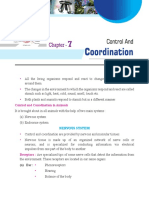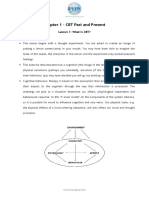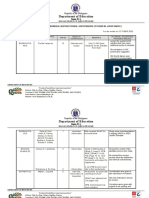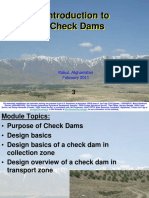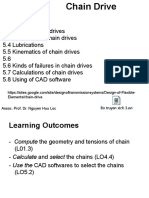0% found this document useful (0 votes)
89 views3 pagesControl and Coordination Class10 Notes
Control and Coordination are vital for organisms to respond to environmental changes, facilitated by the nervous and endocrine systems in humans. The nervous system, comprising the brain, spinal cord, and nerves, controls both voluntary and involuntary actions, while the endocrine system uses hormones for slower, long-lasting responses. Plants coordinate through chemical signals and movements, utilizing plant hormones for growth and response to stimuli.
Uploaded by
05.arpitpratapCopyright
© © All Rights Reserved
We take content rights seriously. If you suspect this is your content, claim it here.
Available Formats
Download as PDF, TXT or read online on Scribd
0% found this document useful (0 votes)
89 views3 pagesControl and Coordination Class10 Notes
Control and Coordination are vital for organisms to respond to environmental changes, facilitated by the nervous and endocrine systems in humans. The nervous system, comprising the brain, spinal cord, and nerves, controls both voluntary and involuntary actions, while the endocrine system uses hormones for slower, long-lasting responses. Plants coordinate through chemical signals and movements, utilizing plant hormones for growth and response to stimuli.
Uploaded by
05.arpitpratapCopyright
© © All Rights Reserved
We take content rights seriously. If you suspect this is your content, claim it here.
Available Formats
Download as PDF, TXT or read online on Scribd
/ 3
















































